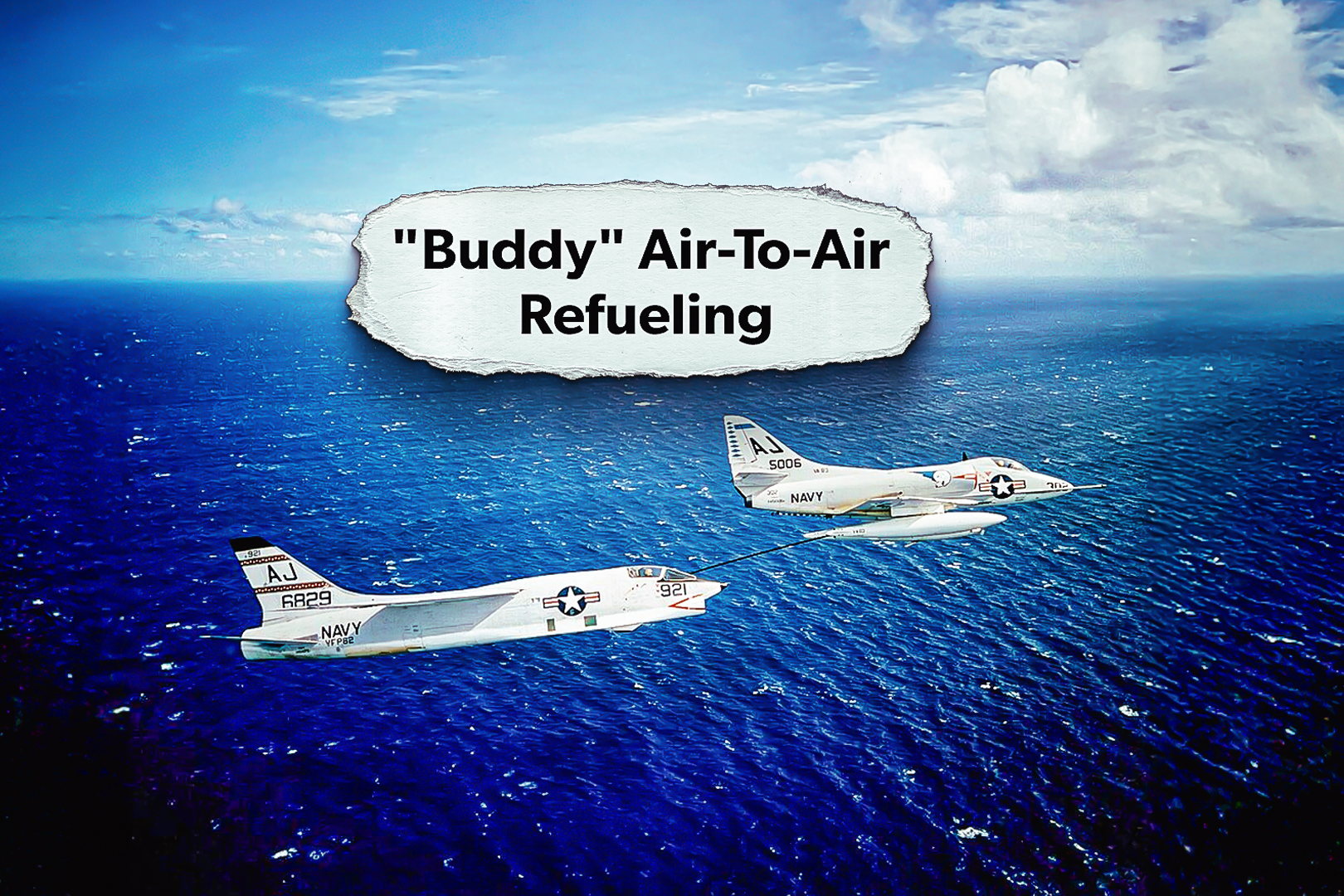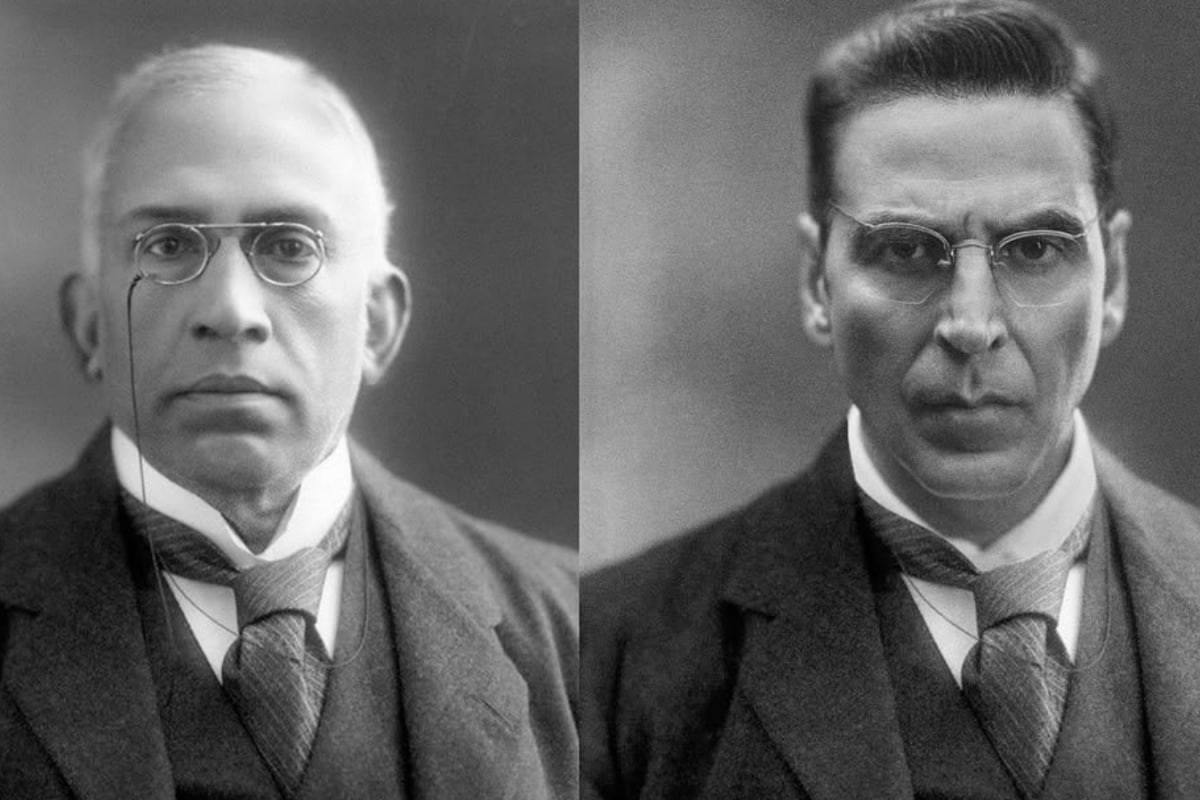The A-4 Skyhawk was a product of the US Navy’s transition to the era of jet-powered carrier aircraft, initially being developed and procured in the mid-1950’s. The Skyhawk would become one of the longest continuously active jets in naval aviation, with the last examples being decommissioned in the early 2000’s. The little Douglas jet was built as a light attack platform to deliver strikes and perform close air support (CAS).
It was built to be tough under fire and handle heavy payloads while retaining its maneuverability. The small delta wings were made with such a short wingspan that it is one of the only carrier-based aircraft to be built without folding wings. The Skyhawk was very popular with pilots for its handling and performance, even serving as the platform of the US Navy’s Blue Angels flight demonstration team for a time.

Its designer, Edward Heinemann, focused on simplicity and minimal weight. According to the San Diego Air & Space Museum newsletter page on the Douglas A-4B Skyhawk , “Few aircraft bear the designer’s imprint quite so clearly as the Douglas A-4 Skyhawk.” With such a long and illustrious service career, it should come as no surprise that the A-4 has been an integral part of naval aviation’s evolution in terms of technology and tactics since the mid-20th century.
One particularly important milestone in the Skyhawk’s history is its role in developing a unique aerial refueling (AR) technique. Used primarily by carrier-based aircraft, the method is known as “buddy store” or “buddy tanking.” Buddy store So what exactly is it that the Skyhawk helped pioneer? Well, the world of aerial refueling is as diverse and varied as the aircraft and their missions that exist in the air forces of the world.
The most commonly seen type of AR now is the boom extending from the back of a massive big-wing tanker like the United States Air Force KC-135 Stratotanker or KC-46 Pegasus . Another common practice is using the drogue system where a long hose extends from the back of something like a KC-130 Hercules. This system has a few advantages over boom-equipped tankers.
The drogue system can be used to refuel multiple aircraft at the same time for multi-ship flights or even refuel rotary wing platforms (helicopters and tiltrotors) that cannot use a boom system. In the practice of “buddy tanking”, a ship-based jet is launched unarmed with large external drop tanks that include at least one drogue hose to refuel other aircraft in the launch or recovery pattern. The “buddy” tanker jet can provide an organic asset to the carrier air wing and support AR operations without the need for land-based assets.
The Skyhawk in action As we already covered, the Skyhawk was one of the most resilient and adaptable aircraft in the US Navy’s inventory for nearly six decades. So when the Navy began pursuit of an AR technique for its air wings at sea, the Skyhawk was at the top of the list to prove how it could be done. The tanker-equipped Skyhawk was actually a very simple solution; just leaving off all armaments and equipping a single, extra-large drop tank completed the conversion.
The special drop tank had a drogue system integrated so that it was a complete, self-contained package. This elegantly simple system could be readily equipped to any standard Skyhawk embarked on the carrier, giving the air wing maximum flexibility to launch a tanking asset at will. The Skyhawk proved the theory in practice with a resounding success.
The A-3 Skywarrior would take over for the A-4 once it debuted with the US Navy, but the Skyhawk was responsible for working out the kinks so that when the (much) larger A-3 assumed the role, the system was established. Since those first “buddy store” sorties, little has changed in the way that naval aircraft execute buddy tanking missions. Today, the F/A-18E/F Super Hornet performs this technique in the same way.
There have even been reports of the MQ-25 drone equipped with a “buddy store” drop tank. Flying from the boat Once the Navy recognized how powerful the buddy store approach could be, it established standard procedures. First, the carrier launched one “tanker” Skyhawk, and then fully armed A-4s would launch with only partial fuel, top off from the designated tanker, and continue on their mission at maximum operating weight.
The strike package A-4s were no longer limited by balancing their payload and fuel capacities. The air wings as now able to maximize the full potential of both critical aspects, the aircraft’s range and its maximum armament payload. The “buddy tanking” system enabled ship-based strike aircraft to reach targets deeper inland and spend more time on station providing air support.
The other invaluable improvement that an organic tanker asset provided the air wing was to have extra fuel available to planes returning to the ship. Landing an aircraft on the deck of a moving ship (or boat, as the carrier is referred to) remains among the greatest feats of airmanship in the world of flying. However, even the exceptional aviators of the US Navy have bad days.
A “buddy tanker” provides an extremely valuable safety net in the event that a jet returns to the carrier “stack,” or the landing pattern, with low fuel. The other scenario in which a carrier-based tanker is so helpful is for the unlucky pilot that misses a “trap,” arrested landing, by overflying the wire that catches the plane’s tailhook on the carrier deck. In the earlier days of naval aviation, missing your chance to “trap” and safely land back on the “boat” could mean being forced to ditch at sea due to insufficient fuel remaining for another attempt.
Bailing out of any aircraft is far from safe, and doing so in the open ocean is an even harsher situation, even with vessels standing by to recover aircrew. The opportunity to refuel in between attempts eliminates this outcome. No longer do airplanes have to be lost to the sea for otherwise avoidable reasons, and no longer do aircrews have to risk their lives bailing out.
Why NAF El Centro won't be the new EA-18G Growler home base Living legacy The more things change, the more they stay the same. The US Navy has evolved in terms of both technology and tactics in the seven decades since the Skyhawk entered service (and two decades since it left). To this day, however, “buddy tanking” remains a firmly ingrained strategy.
Despite the advent of stealth technology and unmanned aerial systems (UAS), the “buddy store” is still used to maximize the performance and safety of naval aircraft flying at sea. Recently, the F/A-18 Super Hornet and F-35 Lightning II (Joint Strike Fighter) have begun training to cooperate in the exact same way that the Skyhawk pioneered all those years ago. Even unmanned systems are expected to perform the same mission, with some anticipated to be solely dedicated to the role as their primary mission.
The X-47 and MQ-25 have been seen working on “buddy tanking” techniques, with the MQ-25 even carrying a drop tank identical to that used by manned fighters. It’s incredible how far technology has come in the time since the A-4 first took to the skies with its extra gas tank slung underneath. It’s ust as impressive that the techniques and technology of that experiment have lasted into the modern age of fifth-generation fighters and data-network air warfare.
By the numbers The last A-4 Skyhawk rolled out of the factory doors in 1979 after almost 3,000 planes had been built. The little delta-wing jet was an international sensation and became one of America’s most prolifically exported military aircraft. The last Skyhawk was delivered to the US Marines , marked with the flags of all the nations that had operated A-4 on its fuselage.
According to the records of the Pacific Coast Air Museum , the A-4E Skyhawk was built to the following specifications: Wingspan: 27 ft, 6 in (8.38 m) Length: 40 ft, 4 in (12.29 m) excluding refueling probe Height: 15 ft, 10 in (4.
57 m) Wing area: 260 sq ft (24.16 sq m) Empty Weight: 10,800 lb (4,899 kg) Maximum Takeoff Weight: 24,500 lb (11,113 kg) Maximum Speed: 1,040 mph (646 kmh) with 4,000 lb (1,814 kg) bomb load Initial Climb Rate: 10,300 ft/min (3,140 m/min) Range: 2,000 miles (3,220 km) with maximum fuel Engine: One 11,200 lb (5,080 kg) Pratt & Whitney J52-P-408 turbojet Armament: Two Mk 12 20mm cannon (200 rounds per gun) in wing roots Ordinance: One under-fuselage hardpoint rated 3,500 lb (1,588 kg), four underwing hardpoints (inner pair rated 2,250 lb (1,021 kg) each, outer pair rated 1,000 lb (454 kg) each), capability to carry nuclear bombs, conventional bombs, and rocket launchers Avionics: Communication and navigation equipment, Bendix automatic flight control, Marconi AN/AVQ-24 head-up display, Texas Instruments AN/AJB-3 bombing system, AN/ASN-41 navigation computer, AN/APN153(V) radar navigation, and electronic countermeasures The A-4 Skyhawk was a nimble naval attack jet that changed the shape of air warfare with and left an enduring legacy with the US Navy and Marines..
Top

How The US Navy A-4 Skyhawk Changed Aerial Refueling

The A-4 Skyhawk is a classic icon of naval aviation but did you know it was one the pioneering jets of aerial refueling too?











